Almost five years ago, in a conversation with the CEO of a disruptive division of India’s largest media house, I had opined that Facebook would be the primary media vehicle, irrespective of how we interact with it. What I had not accounted for was how “primary” it would become.
While content distribution and discovery through the social network is now commonplace, I feel that the next growth platform will be instant messenger (IM) apps like WhatsApp, Messenger, WeChat, Viber, etc. As we’ll see later in this piece, all of them are giving the established social platforms a run for their money. Well, not exactly. Facebook owns two of them and hence, gets away with straddling the best of both worlds.
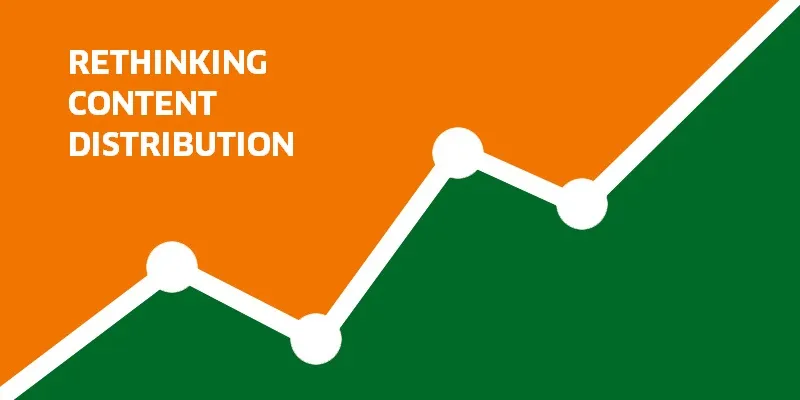
Coming back to the topic, IM should be the place for any content producer to start distributing heavily. But even as small businesses have embraced WhatsApp and Messenger, why aren’t the content guys shifting to messaging platforms as quickly?
There are some green shoots — a few niche information/storytelling content startups who are running very active messenger strategies — in areas of youth entertainment, citizen journalism, and rural reporting. There are those who have started using Messenger through chatbots to deliver content. They are all reaping the benefits of audience engagement, brand recall, and actually being where the consumer needs them — in their hands!
A few things to bear in mind
One, content has to be really sharable for it to have a huge multiplicative impact — it can’t be vanilla news or information. It has to be something that people are proud of sharing, something that will show them as being ahead of their peers or something that will establish them as the cool people to hang with.
Two, getting people to sign up to the group itself requires some effort — there’s more lethargy in signing up to the WhatsApp group of a brand versus one that has your college friends in it. But if number one promises value, creating communities, either large multi-dimensional or various smaller special interest ones, should not be difficult.
To execute this successfully, content heads and editors need to rethink the format in which they present content. Simple long text stories interspersed with some images are no longer standard. Content has to be created in byte sizes — a paragraph here, an infographic there, a short video thrown in, a sound clip attached — all of which come together to tell the whole story and yet are easily pushed and shared on messaging platforms.
Three, is lack of measurability beyond the initial group — you don’t know how many of your subscribers are sharing the content further with their friends and how many of those friends share it and so on. The same goes for conversions — you can gauge whether it’s a smartphone that the content request is coming from, but you can’t tell whether it came via WhatsApp.
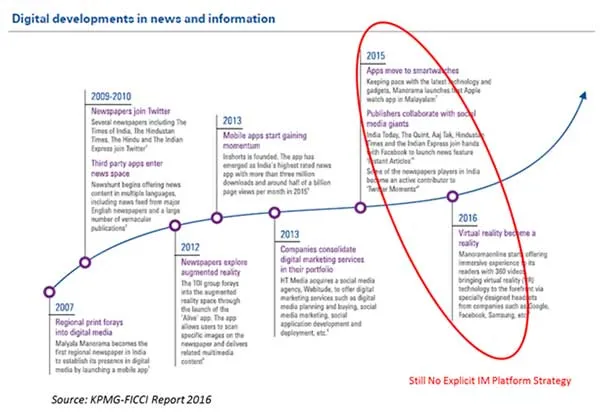
But, I believe if number one promises value, number two will be easier and when those two roll together, you might be happy with only a rough estimate of number three (at least until some mechanism is put in place).
However, the big boys feel uncomfortable when they can’t measure something well. That is why we don’t see the needle moving on the use of IMs. Maybe they will sit up and take notice as more and more new startups create greater engagement and much more value through communities and two-way content creation on messaging groups.
The audience is already in place
Desktops are passé; smartphones are commonplace; virtual reality, while promising, is still taking baby steps. Of the others— glasses didn’t exactly offer a smooth experience, and watches are not deemed to be very practical.
According to a BI Intelligence report citing a Salesforce.com study, smartphone activities like accessing mails, text messaging, social networking, and getting news alerts account for 80 percent of all activities on an average.

It would be interesting to note that even though social networking is huge, and a lot of content discovery is happening across Facebook, YouTube, Instagram, and Twitter, among others, the user base for messaging is also huge. WhatsApp alone crossed more than a billion monthly active users in February 2016, while Messenger did that at the end of June. There are others, too, that are no pushovers; developed by China’s Tencent, WeChat has crossed 800 million approximately and Rakuten’s Israeli acquisition, Viber, is snapping at its heels with another 780-odd million (all data from Statista.com). Snapchat, though smaller, deserves as honourable mention with its 150 million daily active users surpassing that of Twitter (source: Bloomberg.com).
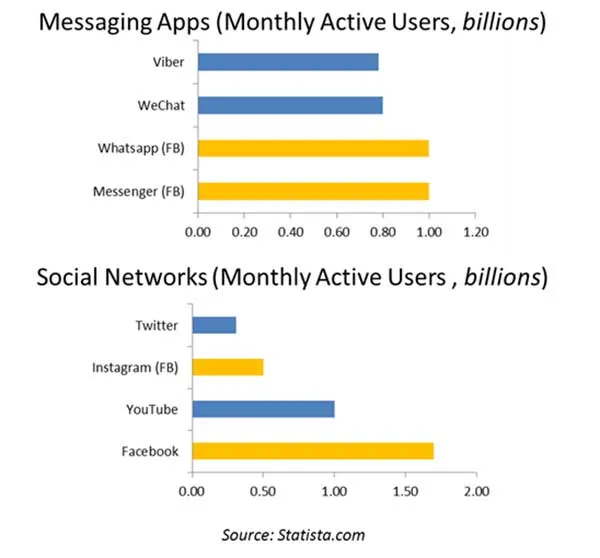
As you can see, Facebook controls a large swathe of media real estate — it owns WhatsApp, Messenger, and Instagram. Add to that the fact that almost all of the use case is in a smartphone environment (FB had 1.57 billion MAUs on mobile, as per the company’s quarterly filings), and you have a potent winning platform. Because it is ubiquitous, very well spread across the world, and boasts high usage patterns, it makes for the ideal distribution platform.
Also, it seems that the generation of users that most people are interested in, can’t seem to live without their smartphones and messaging apps.

Where does India fit in?
Inexpensive smartphones and much better broadband infrastructure have enabled a culture of being forever online. I do not define being online as overtly accessing a website or logging on to a social media platform. I define it as being constantly connected through the muted pings of IM apps and email.
This is adding millions of low-end android users who require apps that are small and run light. Guess which the two most popular ones are? Facebook and WhatsApp.
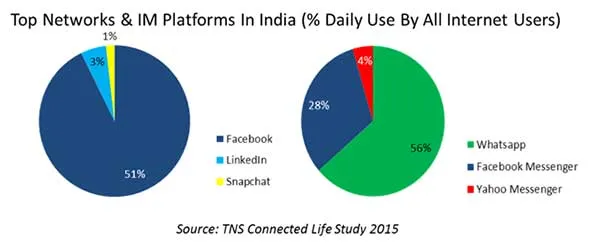
In fact, by 2017, India is expected to have more than 350 million smartphones. Consumers have shown increased preference towards short-form content, with the average length of video viewed in India being less than 20 minutes (Source: EY). The short-form and snackable content will drive growth through storytelling that is optimised from a story point of view, and not by length.
In fact, this is how India is consuming content:
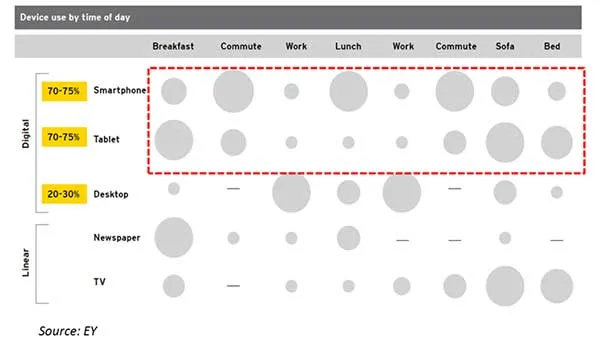
In conclusion
It is quite logical to expect that the ubiquity of smartphone and IM distribution will enable a lot of individual content consumption. This will lead to a lot of new opportunities for content creators who will need to think through the utility of their content from a platform, device, and time-of-use perspective. Communities, whether segregated by demographics or special interests, would also yield much better monetisation opportunities, but more on this later.
Note - At the time of writing, Google's messaging app Allo hadn't been launched and was therefore not considered in this analysis.
(Disclaimer: The views and opinions expressed in this article are those of the author and do not necessarily reflect the views of YourStory.)







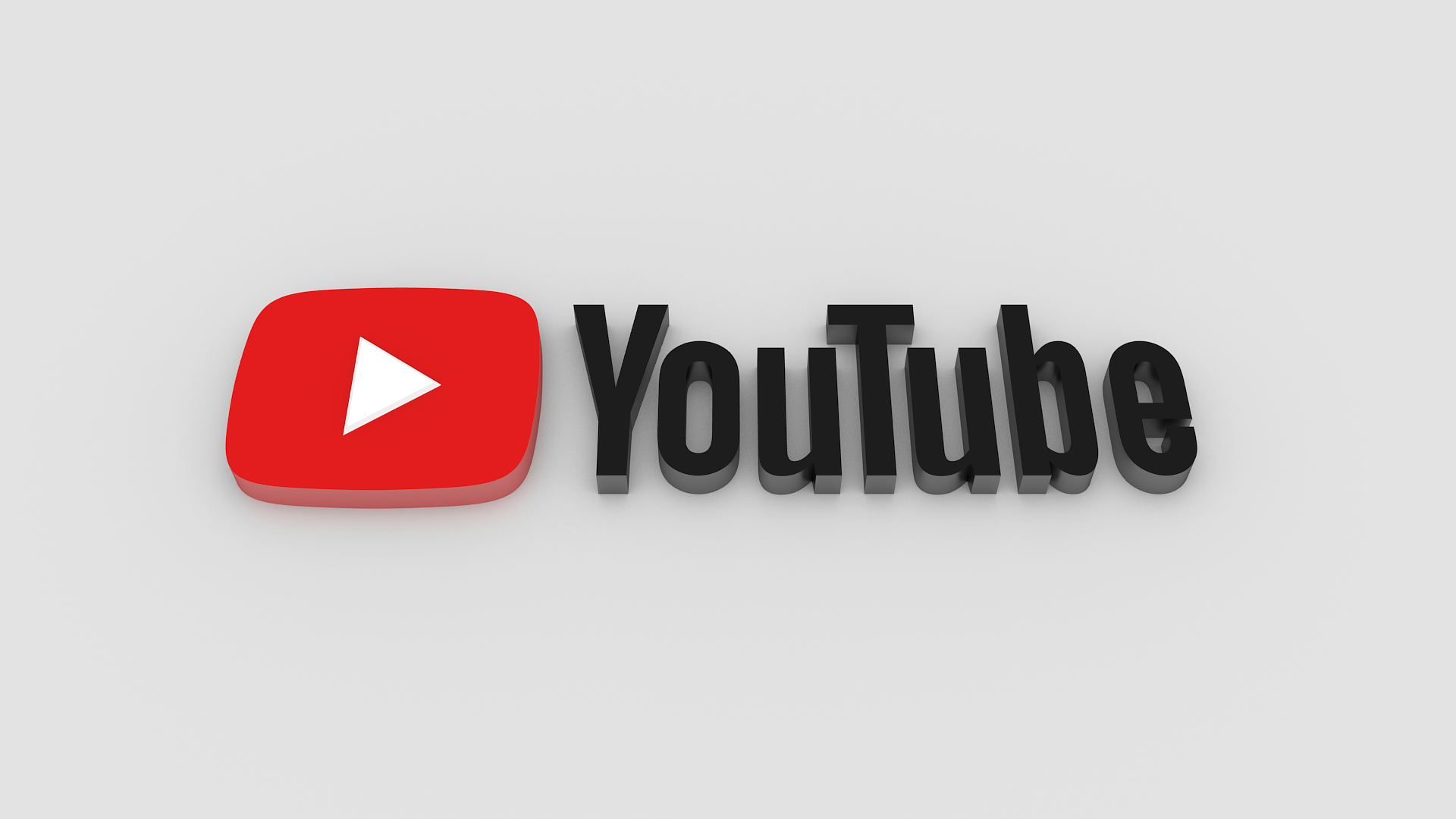

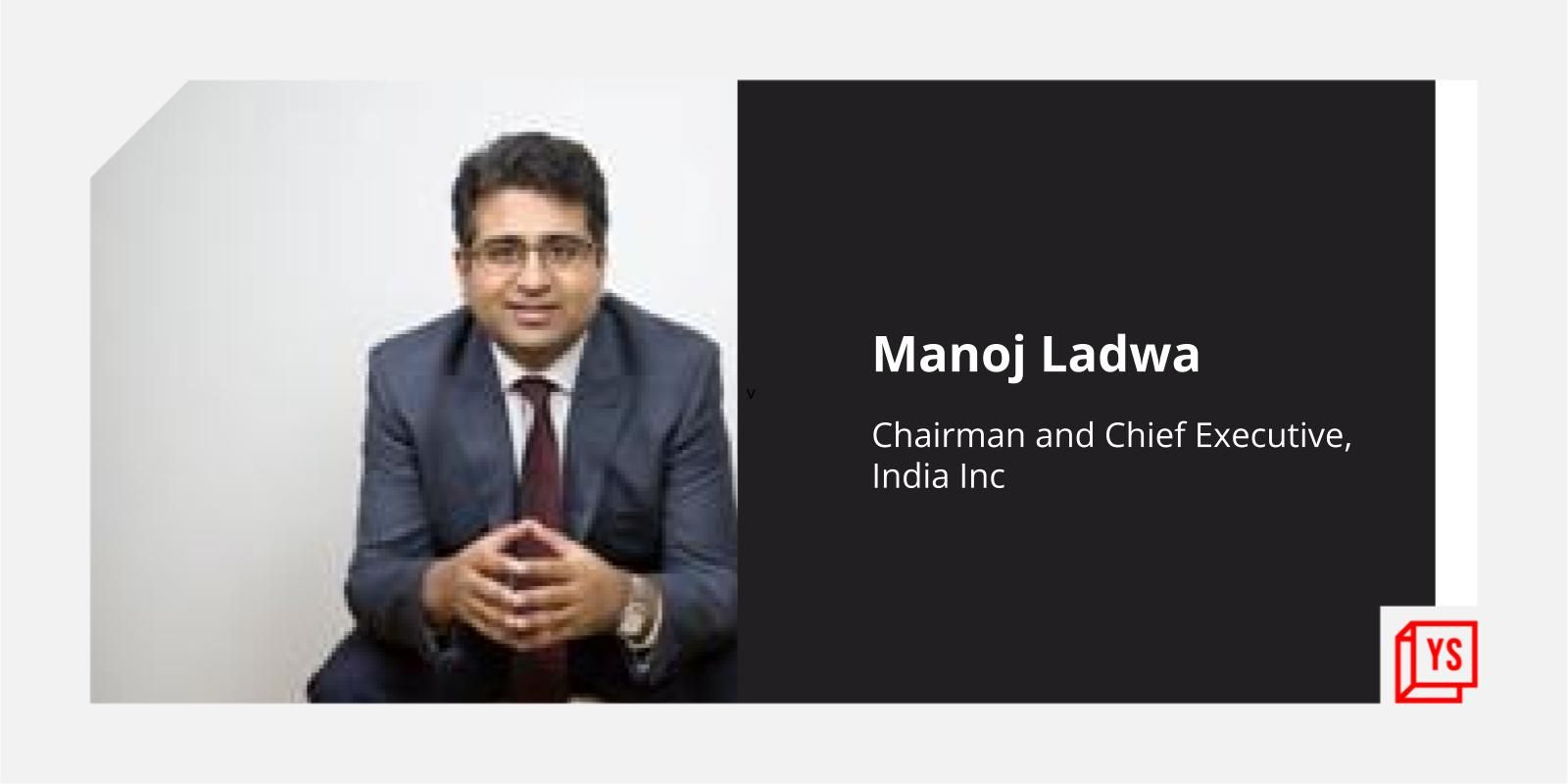

![[Funding alert] Global payment issuance infrastructure platform CARD91 raises $13 M in pre-Series A round](https://images.yourstory.com/cs/2/e641e900925711e9926177f451727da9/CopyofImageTaggingNewBrandingEditorialTeamMaster1-1648632802915.jpg)